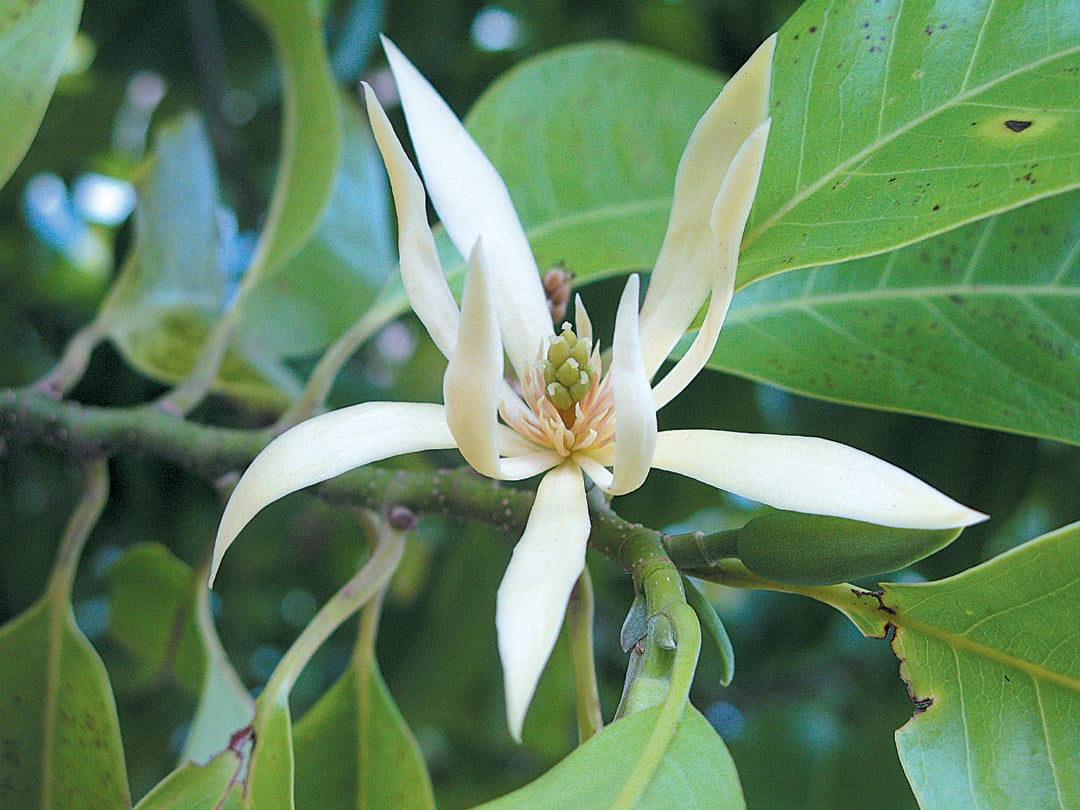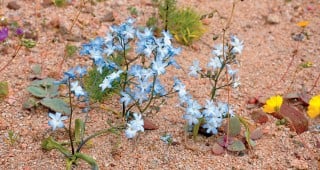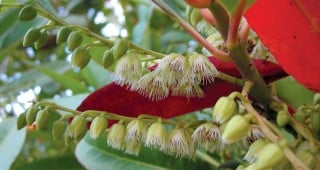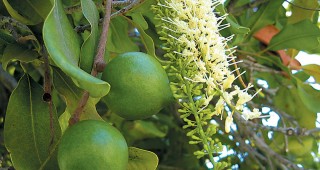Growing for Biodiversity
Dig deeper into ecologically functional gardens that support food webs and pollinators by including native and keystone plants, minimizing lawn, and providing wildlife habitat.
Latest
Fifteen years ago, I asked myself a couple of simple questions. What are the best trees to plant in the...
This issue focuses on the importance of maintaining our existing tree canopy and planting for the future. I couldn’t have...
…I started to wonder if I could design a course that encouraged freshmen to recognize the beauty and wealth of...
A brief report from the world of science compiled by Ann Northrup
In cultivation, champaca (Magnolia champaca, formerly Michelia champaca) matures at between twenty-five and forty feet. The bright green, glossy leaves...
Nearly 4,300 species of vascular plants occur in Chile’s diverse habitats, of which forty-five percent are endemic, a rate that...
Japanese blueberry tree (Elaeocarpus decipiens) is a beautiful, broad-leaved evergreen from East Asia.
Few spring-blooming trees are more spectacular than the trumpet trees. In March and April, they enliven Southern California neighborhoods with...
Landscape architect Ralph Cornell added macadamias to the primary orchard at Llewellyn and Avis Bixby’s Rancho Los Cerritos estate, in...








